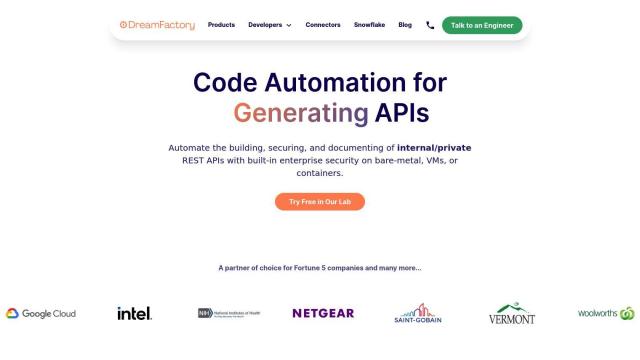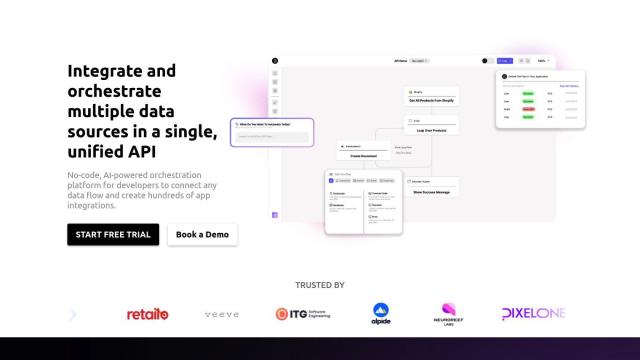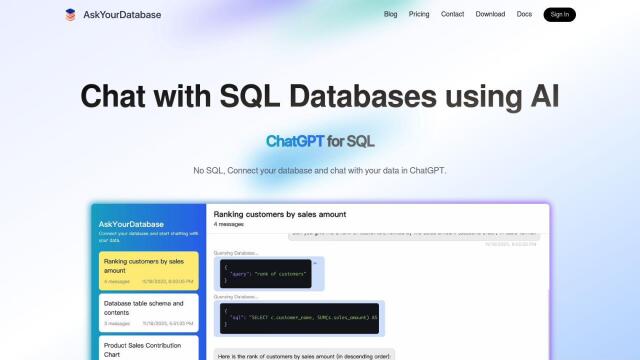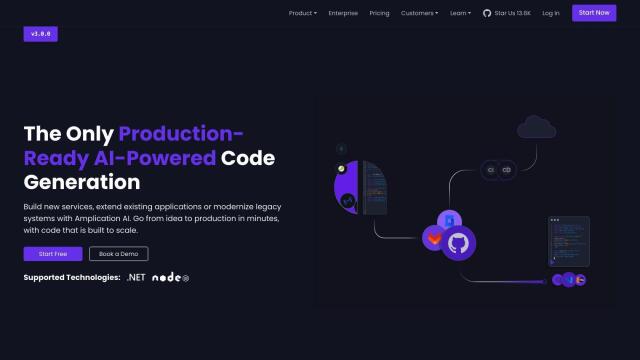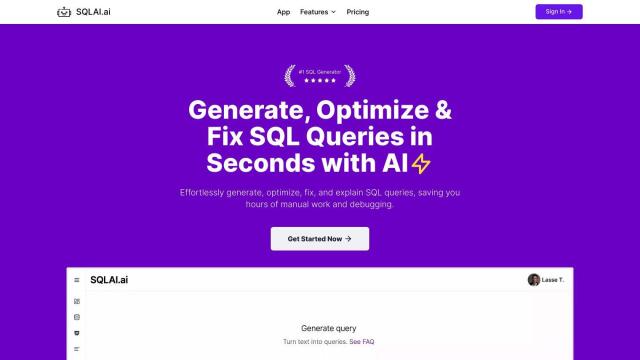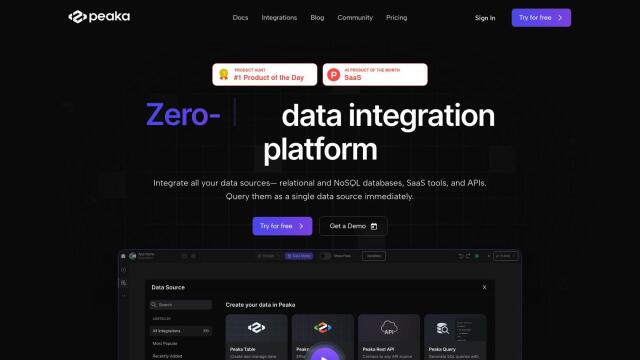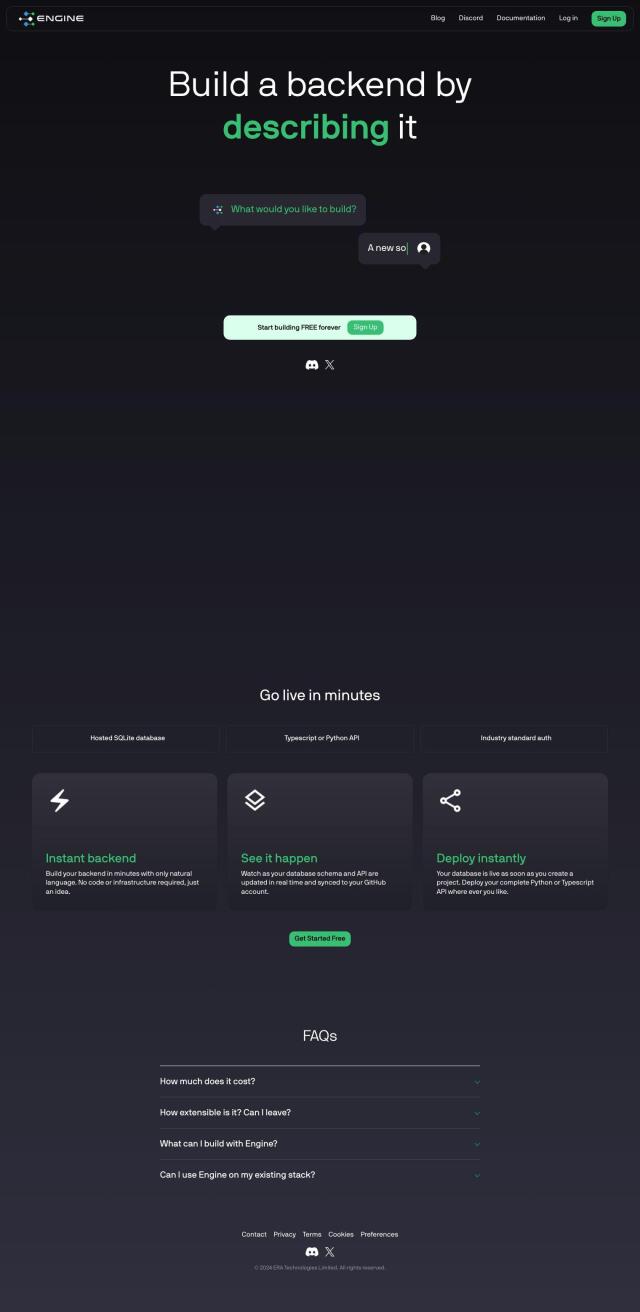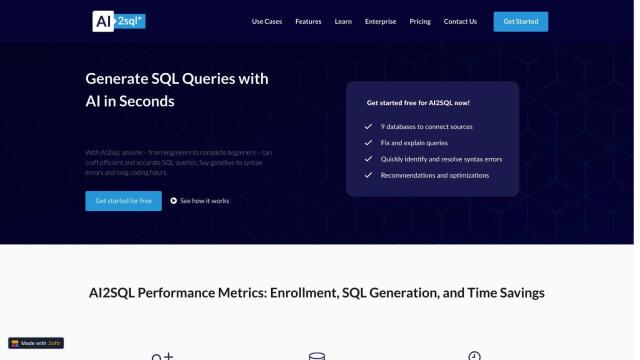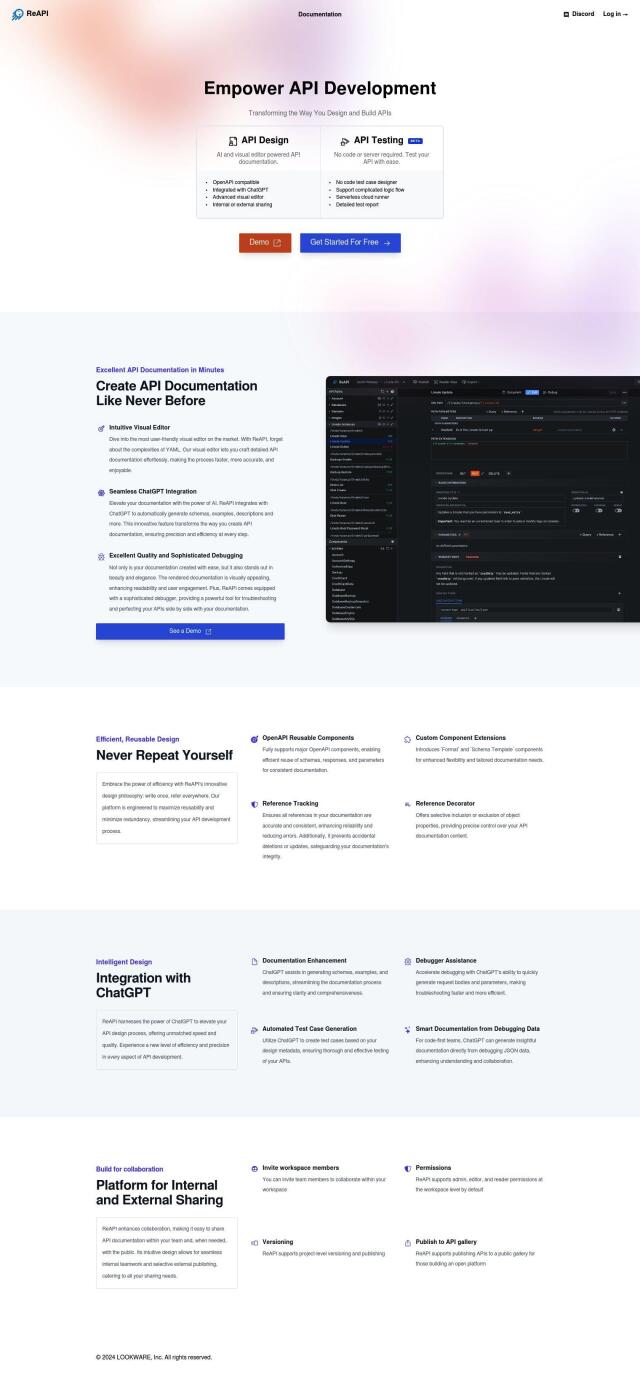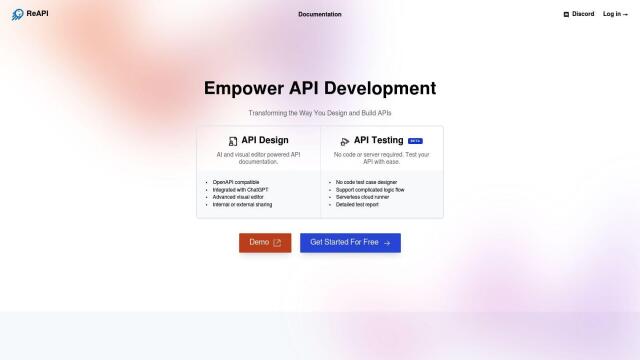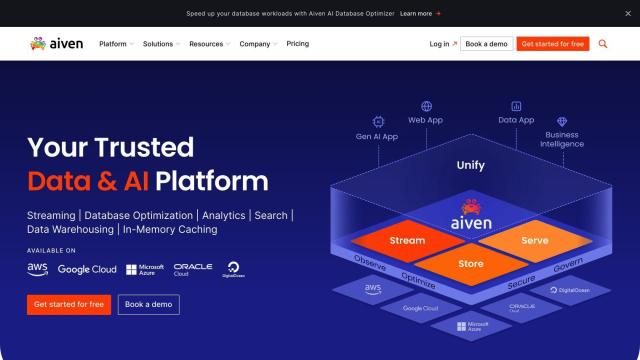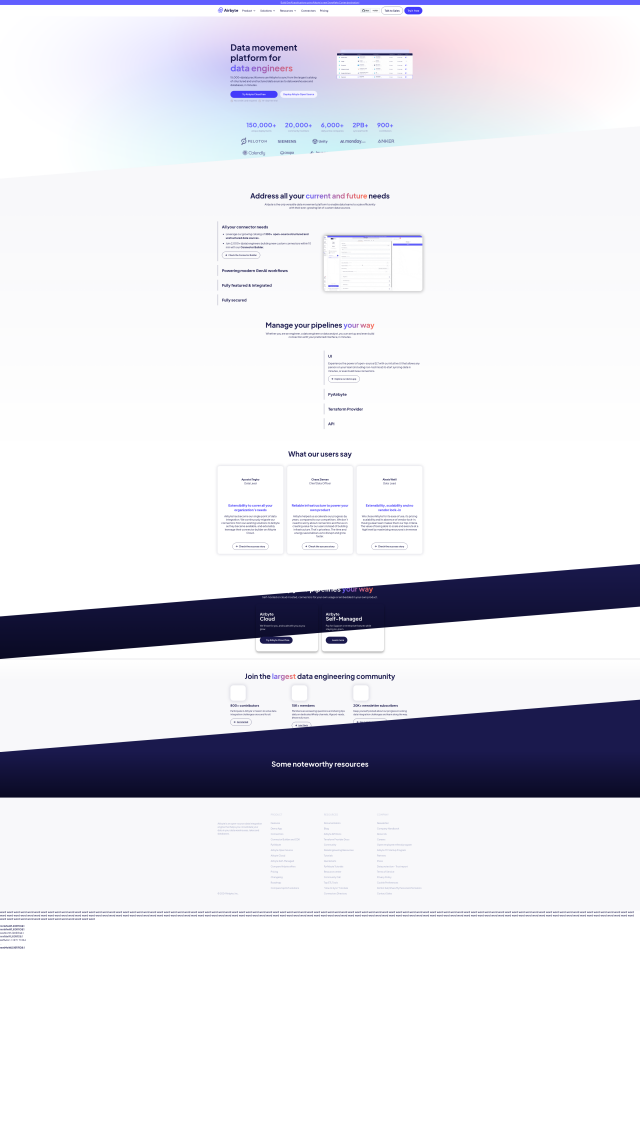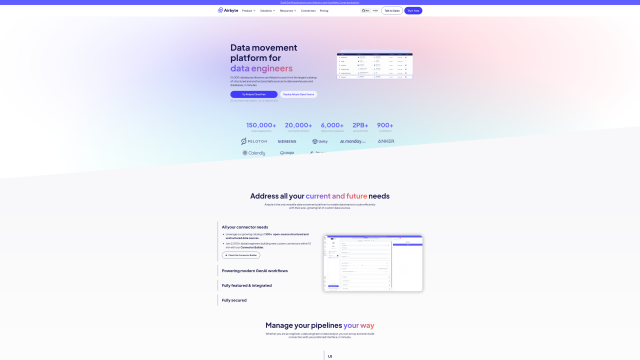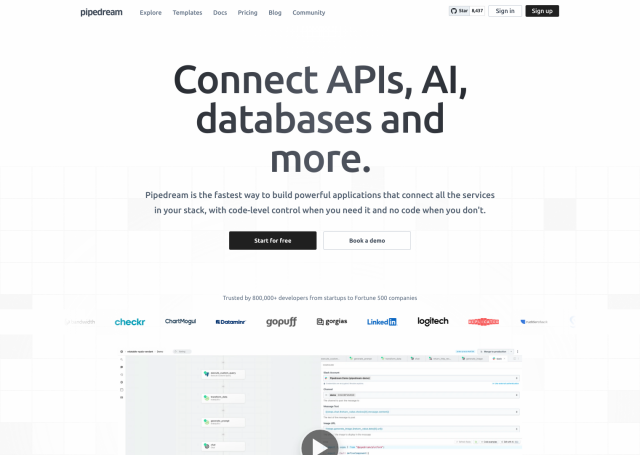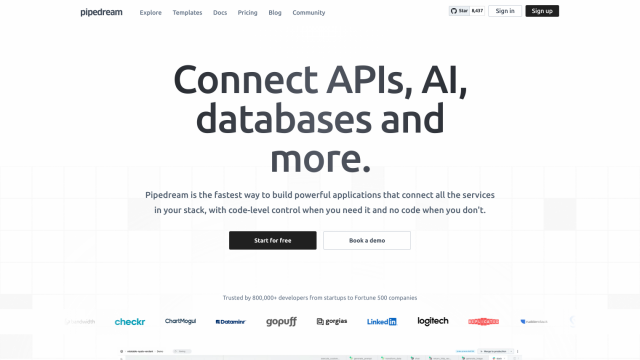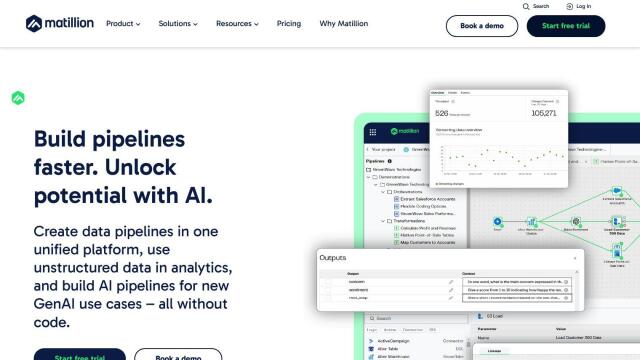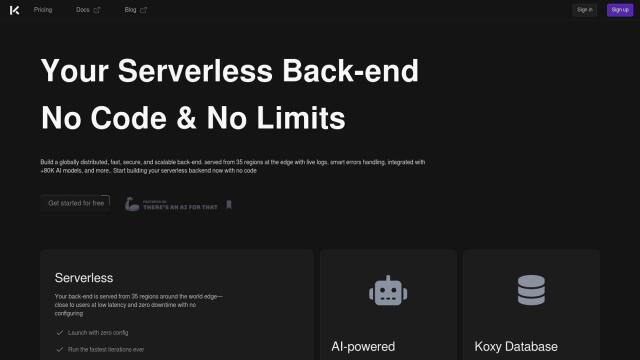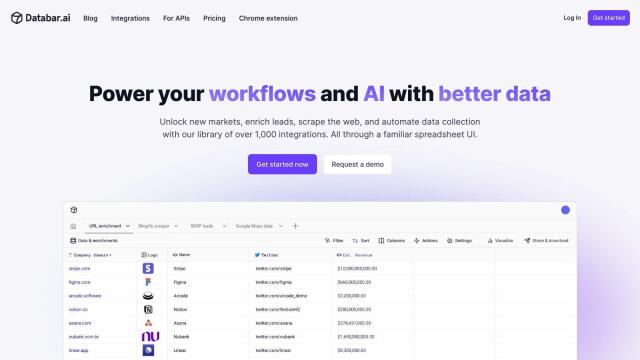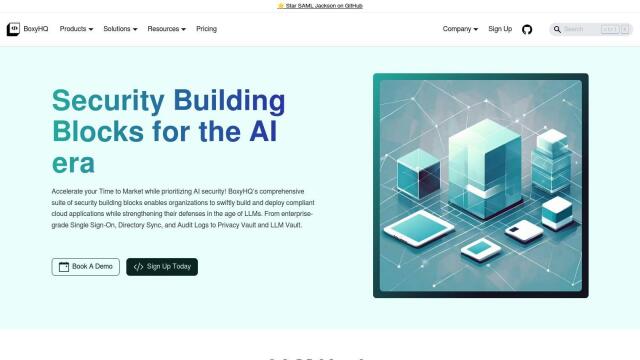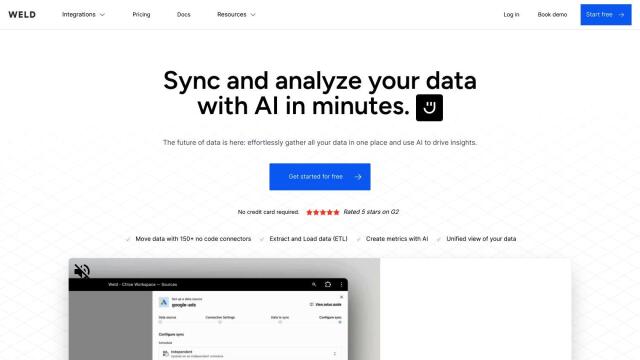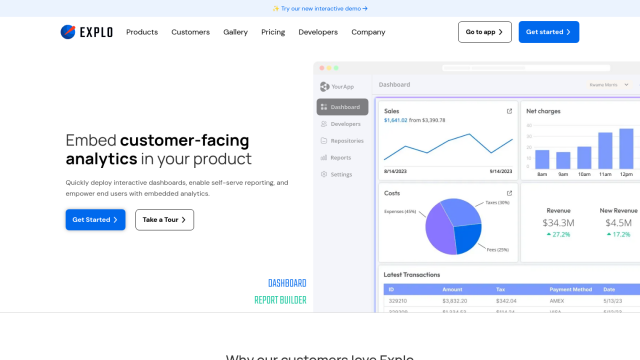
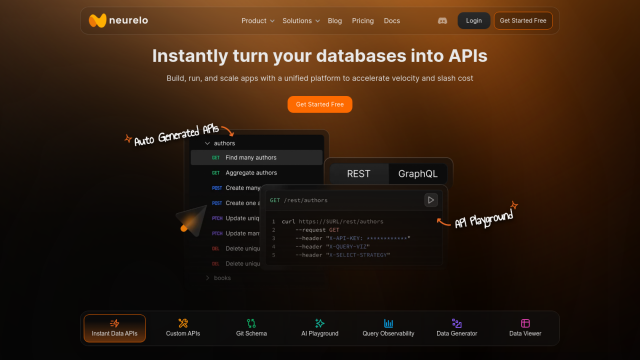
Neurelo
If you're looking for another DreamFactory alternative, Neurelo could be a good choice. Neurelo is a cloud API platform that turns databases into an API, supporting PostgreSQL, MongoDB and MySQL. It provides auto-generated REST and GraphQL data APIs, AI-powered custom query APIs, and Schema as Code to accelerate modern cloud application development. With programmable data modeling, version control, auto documentation and rich observability metrics, Neurelo provides a unified experience for building, running and scaling applications.

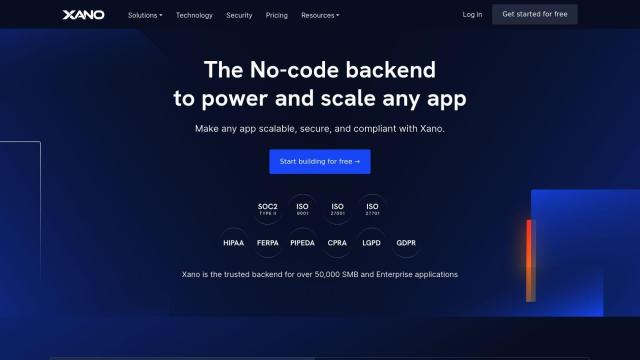
Xano
Another alternative worth considering is Xano. Xano is a scalable backend service geared for developers who aren't programmers, and it's good for SMBs and enterprises. It comes with a no-code API builder, a flexible PostgreSQL database, auto-scaling servers and advanced database features. Xano supports integrations with REST and GraphQL APIs, auto-generated Swagger documentation and high-performance features with Redis and load balancing. It's got security and compliance built in with single-tenant deployments, region-specific hosting and support for standards like GDPR and ISO 27001.

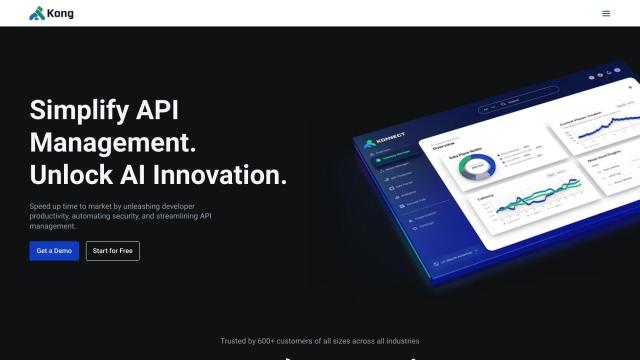
Kong
If you're looking for a full-featured API management tool, Kong could be a good choice. Kong is an API gateway and service mesh that makes API management easier with a unified platform that can be run as a fully managed service. It offers real-time security, fine-grained API governance and built-in tools for rapid API development and testing. Kong works with any cloud, platform or modern protocol and has a flexible pricing model, making it a good choice for companies with large-scale API management needs.

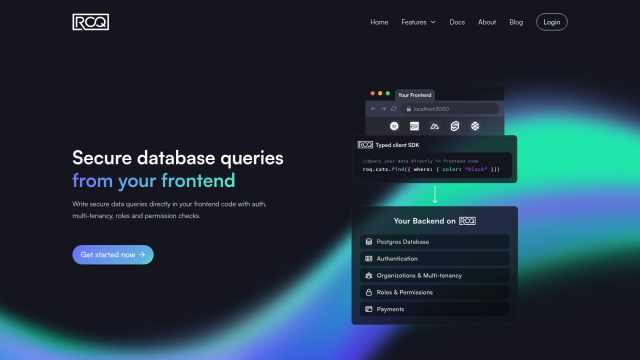
ROQ
Last, you could check out ROQ for building secure, scalable and resilient SaaS applications. ROQ features include managed Postgres database deployment, secure frontend DB queries, user authentication, multi-tenancy and role-based access control. It also integrates Stripe for payments and subscriptions and has AI-assisted data modeling with automated schema deployment. ROQ is designed to accelerate development and shorten deployment time, making it a good alternative for complex data models.

